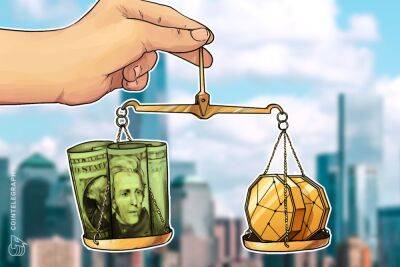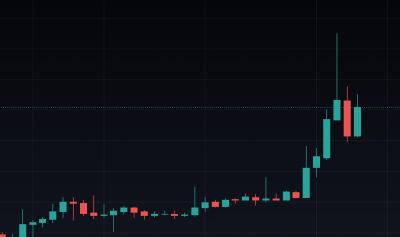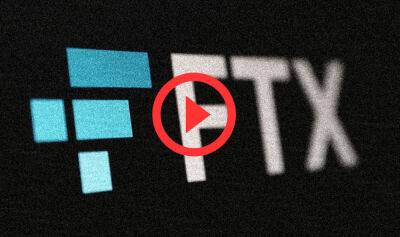I predicted FTX's collapse a month before it happened
The collapse of FTX has shown that where there’s smoke, there’s fire.
In a year filled with jaw-dropping unveilings, none compare to the bewildering fall of Sam Bankman-Fried’s FTX exchange. While many were stunned, there were a few tell-tale signs that may have indicated not everything was peachy-perfect over at FTX headquarters.
These issues began to compound and, on Oct. 5, I published a detailed commentary about my decision to begin pulling funds out of FTX and short FTT.
Im taking all of my capital out of @FTX_Official and going short $FTT FTX has been swinging and missing all year long on so many activationsANDSomething shady is going on at FTX.Here's 12 reasons why I'm completely out on the FTX mafia and @SBF_FTX: [1/20] pic.twitter.com/ECrhQn5Rjx
The bottom line is that things didn’t seem right. A month later, we’re witnessing the fallout.
This is not meant to be a victory lap, but rather an opportunity to learn from our collective mistakes and create the systems necessary to prevent this level of fraud from happening again.
Now, we have strong allegations that what happened constituted fraud — at the highest levels, by the least conceivable party. Here are some reasons these circumstances were foreseeable, and how they can be fixed in the future.
While hindsight is 20/20, the string of top FTX executives leaving should have been a giant red flag. Alameda Research CEO Sam Trabucco announced his resignation on Aug. 24, followed by FTX US CEO Brett Harrison on Sept. 27. On Oct. 3, it was reported that FTX’s head of over-the-counter and institutional sales, Jonathan Cheesman, had also left the firm.
Related: Will SBF face consequences for mismanaging FTX? Don’t count on it
Cheesman and Harrison were at the firm for a little
Read more on cointelegraph.com












